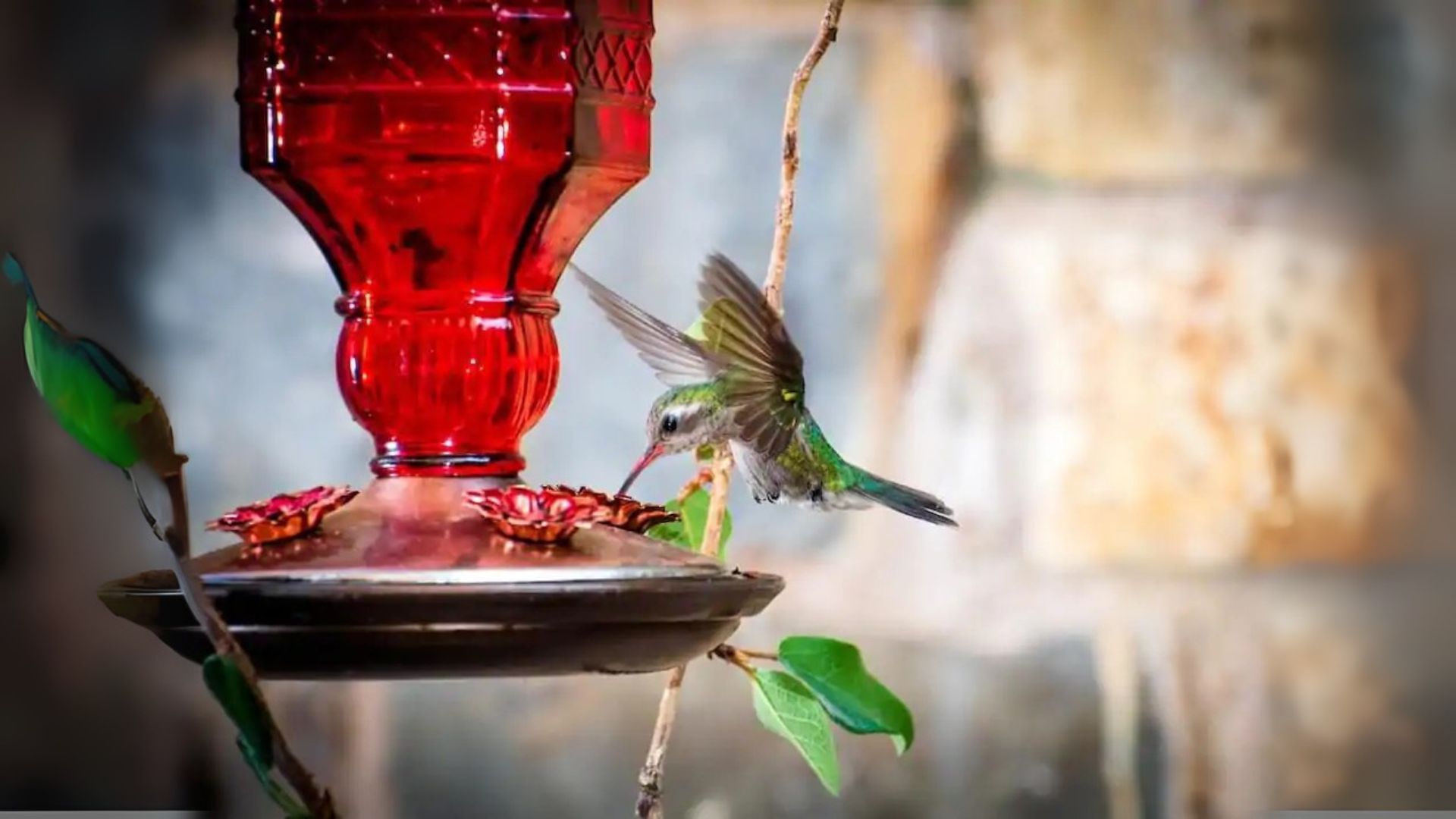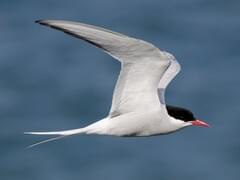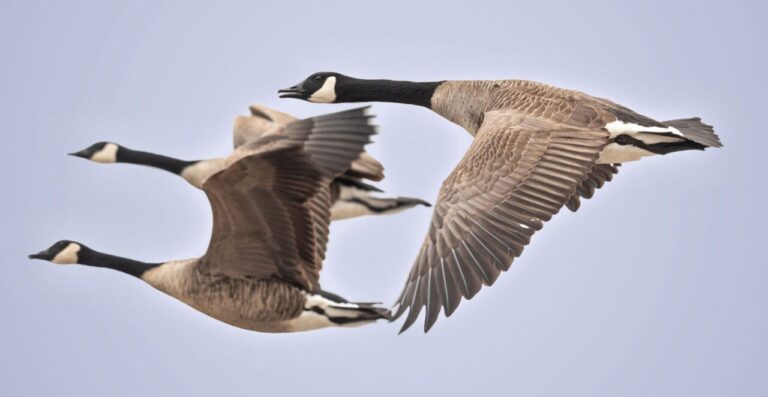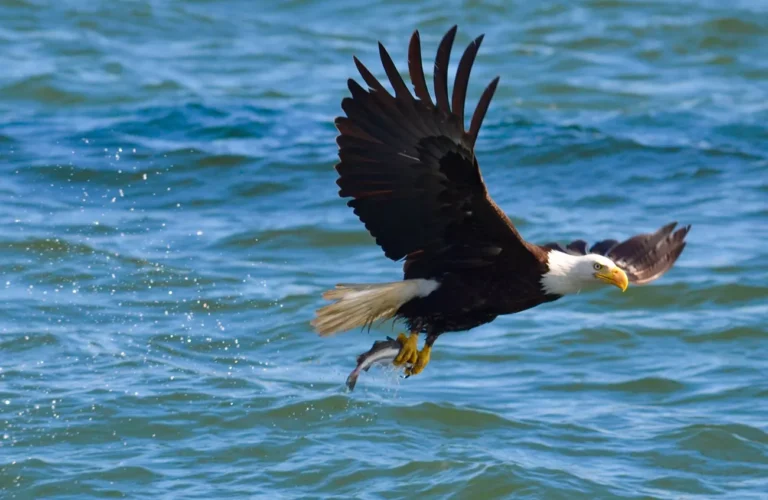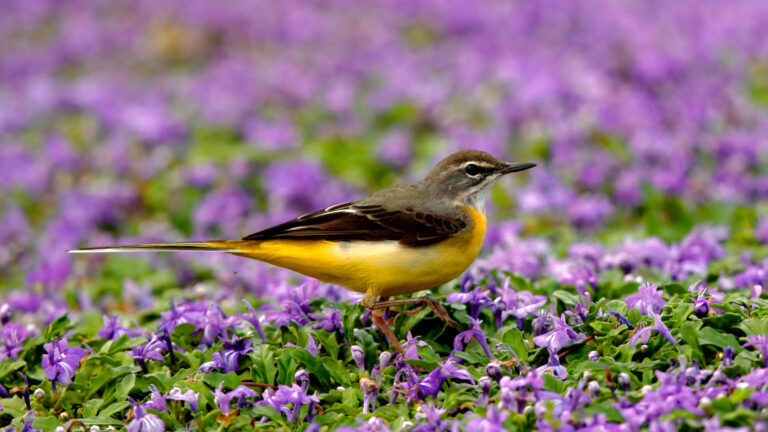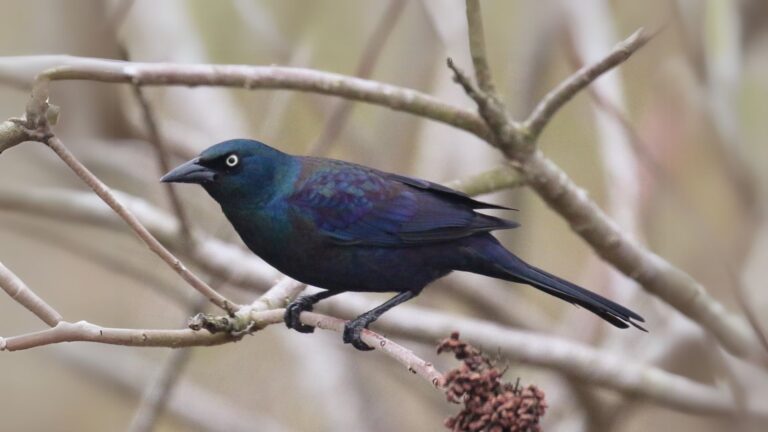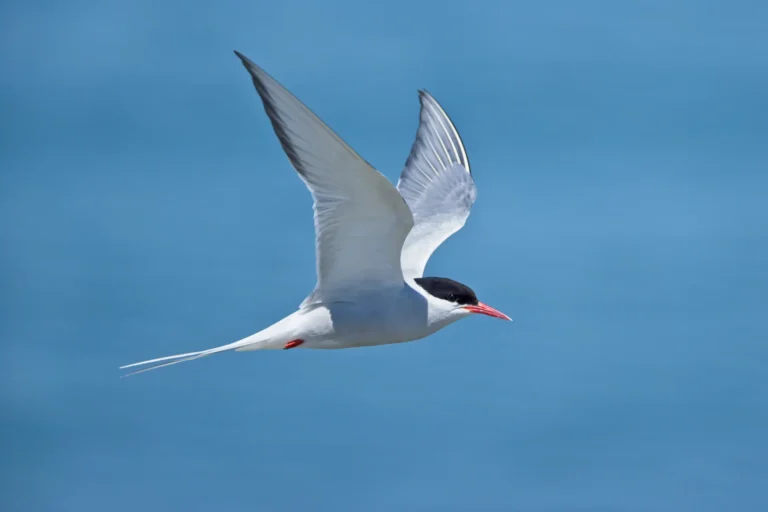8 Hummingbird Feeder Mistakes: Common Errors to Avoid for Healthy Birds
Attracting hummingbirds to your yard requires more than just placing hummingbird feeder filled with nectar and then leaving it. These special birds rely on a combination of clean drinking water, natural flowers, and sufficient space in order to thrive. If you neglect the essential elements in this guide then you’ll miss out of the beautiful birds you were hoping to attract.
1. Lack of Water
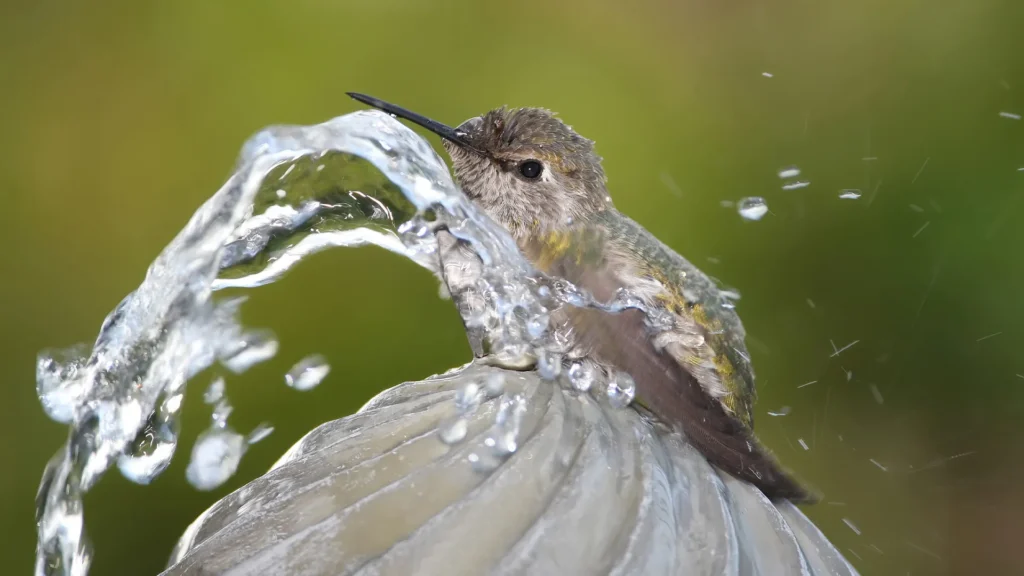
Hummingbirds, like all living creatures, need access to fresh water beyond just the feeder’s nectar. Providing a bird bath with shallow water or a gentle dripper can greatly increase your chance of a visit. Features like a fine mist or a light spray are especially attractive, allowing hummingbirds to hover and bathe safely.
Water should be shallow enough to prevent drowning, such as water flowing over a flat rock. This can complement nectar ports on feeders, offering both nourishment and hydration, essential for their well-being.
2. Neglecting to Change and Clean Feeders Regularly
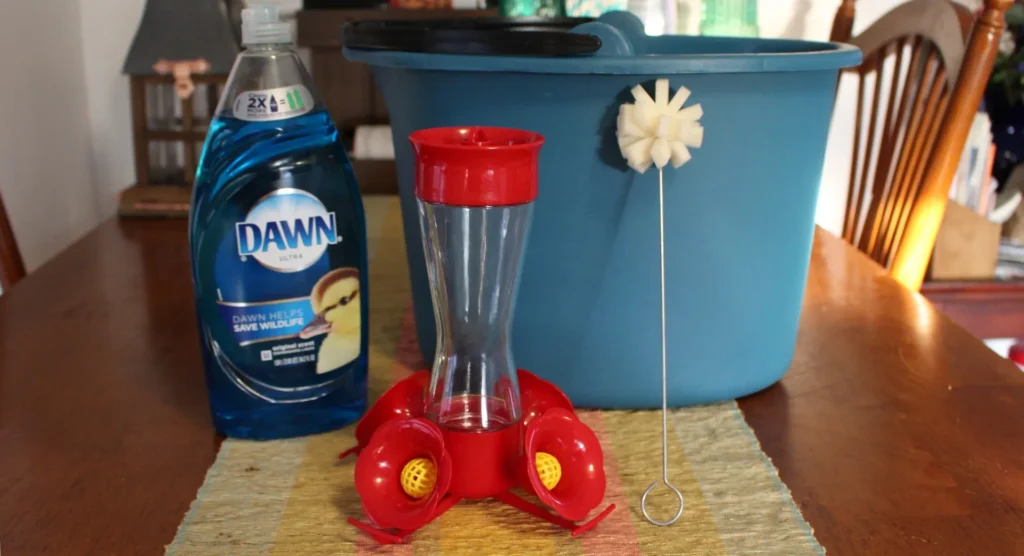
Failing to replace hummingbird nectar often leads to mold and bacterial buildup that can endanger the birds. Nectar should be swapped out at least every two days, or daily during hot, humid weather, to prevent fungal growth and spoilage.
A thorough cleaning routine is essential. Using a mild, eco-friendly dish soap combined with warm water and dedicated brushes helps remove residue and hidden mold, especially around small nectar openings. A straw brush is particularly useful for cleaning narrow ports where mold tends to accumulate. And, of course, rinse extremely well using a vinegar rinse; mixing two parts water to one part white vinegar.
This helps disinfect the feeder without harsh chemicals. Air drying fully before refilling also reduces the risk of mold developing.
| Common Problems from Neglect | Cleaning Tips |
|---|---|
| Mold formation | Use dedicated brushes for thorough cleaning |
| Bacterial growth | Change nectar regularly |
| Soap residue harming birds | Rinse feeders thoroughly after washing |
| Nectar spoilage in warm weather | Clean and refill feeders daily if needed |
3. Providing Store-Bought Food
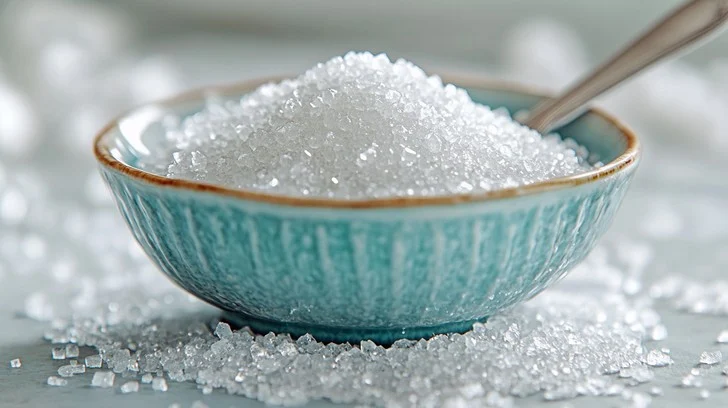
Store-bought hummingbird nectar is convenient but not necessary. A simple homemade nectar made from granulated white sugar and water is effective and safe. The recommended ratio is 1 part sugar to 4 parts water. For example, mixing one cup of sugar with four cups of water creates a suitable nectar solution.
It is important to use only plain white table sugar. Avoid substitutes like honey or brown sugar because they can spoil quickly and promote the growth of harmful fungi. Brown sugar contains iron and other components that can be dangerous to hummingbirds due to their small size and fast metabolism.
There is no need to boil the water before mixing. Once prepared, nectar can be stored in the refrigerator for up to a week. This simple sugar water recipe ensures hummingbirds receive safe, reliable nourishment without unnecessary additives. For a detailed guide on common feeding mistakes, see hummingbird nectar mistakes.
4. Avoid Full Sun for Feeder Placement

Placing hummingbird feeders in direct sunlight causes nectar to heat up which can lead to faster spoilage and fermentation. This can create harmful microbes that produce unpleasant odors and tastes, potentially making hummingbirds sick or deterring them from visiting.
Ideal locations for feeders include shaded spots like tree branches, pergolas, or under garden umbrellas, which help maintain nectar freshness. If sun exposure is unavoidable, bringing the feeder indoors during the hottest part of the day and returning it in cooler hours can preserve nectar quality.
Using an ant moat around the feeder’s hanger can also protect the nectar from pests, ensuring a cleaner feeding environment.
5. Insufficient Use of Natural Food Options
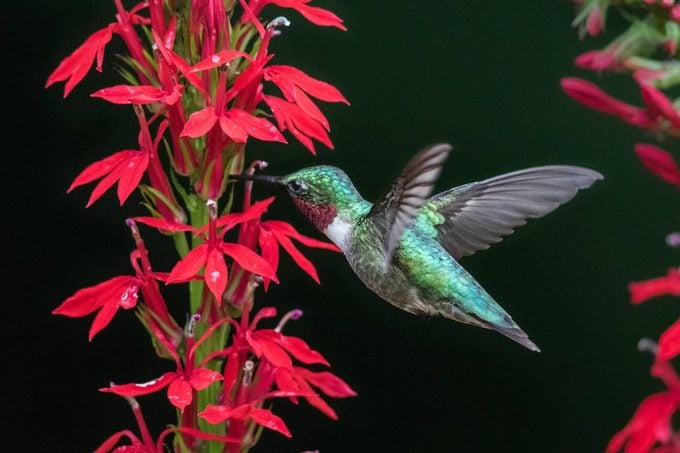
Relying solely on feeders can limit the number of hummingbirds attracted to a garden. Including native plants like bee balm provides visual cues that help hummingbirds spot feeding areas from afar. These plants supply nectar naturally and also support the insects hummingbirds need for protein, especially during nesting.
Because hummingbirds can be territorial, offering a variety of both artificial nectar feeders and natural nectar sources encourages more birds to visit. This diverse approach supports their dietary needs and reduces competition.
6. Leave Lots of Space Between Multiple Feeders
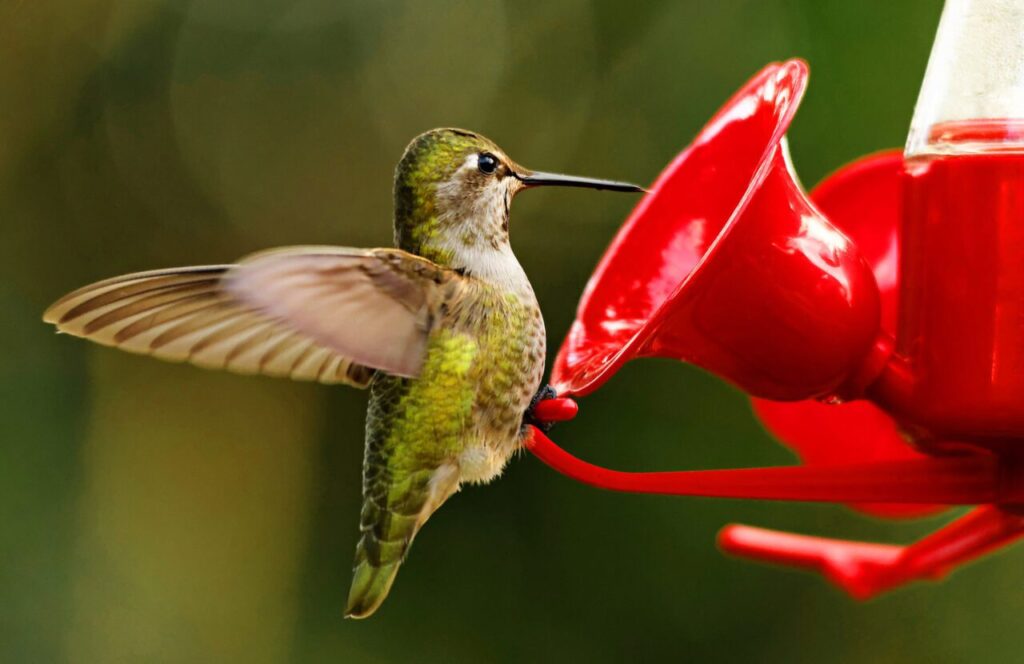
Hummingbirds defend their feeding areas, so placing multiple feeders too close can cause stress and reduce visits. It’s best to separate feeders by a significant distance, such as one in the front yard and another in the backyard, to minimize territorial disputes and encourage consistent visits.
For safety, bird feeders should be hung either very close (within 3 feet) or well away (over 30 feet) from reflective surfaces like windows. This spacing helps prevent bird collisions, which are a major cause of bird fatalities each year.
7. Don’t Use Red Dye in Hummingbird Nectar
Hummingbirds are naturally drawn to red, but adding red dye directly to nectar is not recommended. Feeders with red parts or accents already attract them effectively without needing dye. Red dye in nectar can pose health risks to hummingbirds, as some experts report harm linked to these additives. Instead, nectar should be clear and made with a simple sugar-water mix, avoiding artificial colors. If buying pre-made nectar, it should contain sucrose, minimal preservatives, and no red dye to ensure bird safety.
8. Managing Pesticide Use Around Feeders
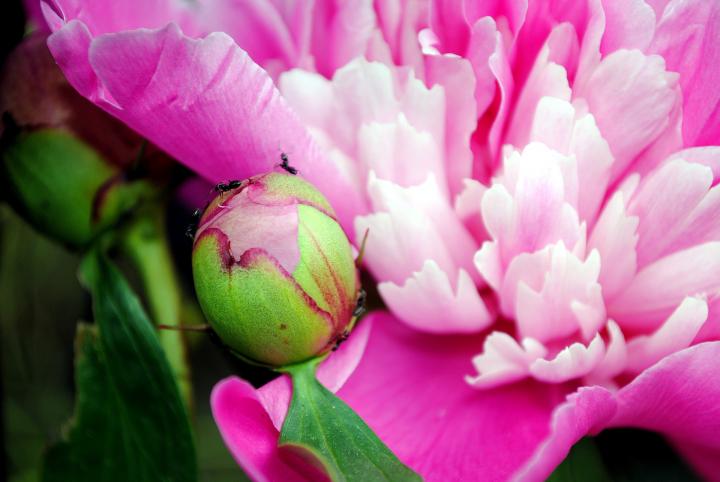
Pesticides pose a significant risk to hummingbirds since these chemicals can be toxic if ingested. Insects serve as a valuable food source and help pollinate plants that hummingbirds rely on. Eliminating insects with pesticides disrupts this balance and may reduce the appeal and safety of the feeding environment.
To control ants without harmful chemicals, feeders with built-in ant moats or separate water-filled moats can be effective. Ants cannot cross the water barrier to reach the nectar, protecting the feeder naturally.
If a deterrent is necessary, non-toxic options like white vinegar can be used. Vinegar interferes with ant trail communication, encouraging them to leave without exposing birds to toxins.
| Method | Description | Benefit |
|---|---|---|
| Ant moat | Water-filled barrier around feeder | Prevents ants access |
| White vinegar | Disrupts ant chemical trails | Non-toxic, natural repellent |
